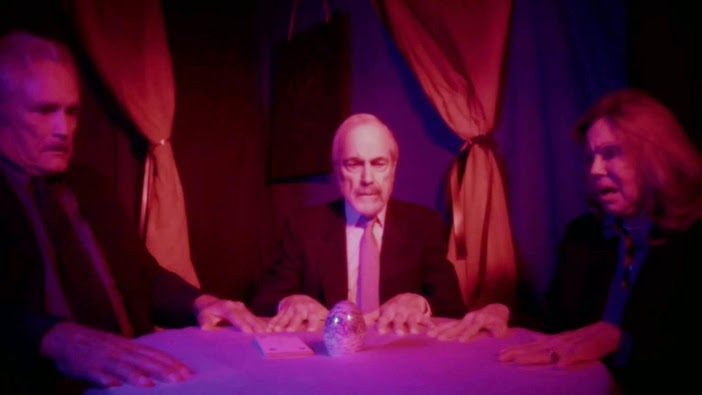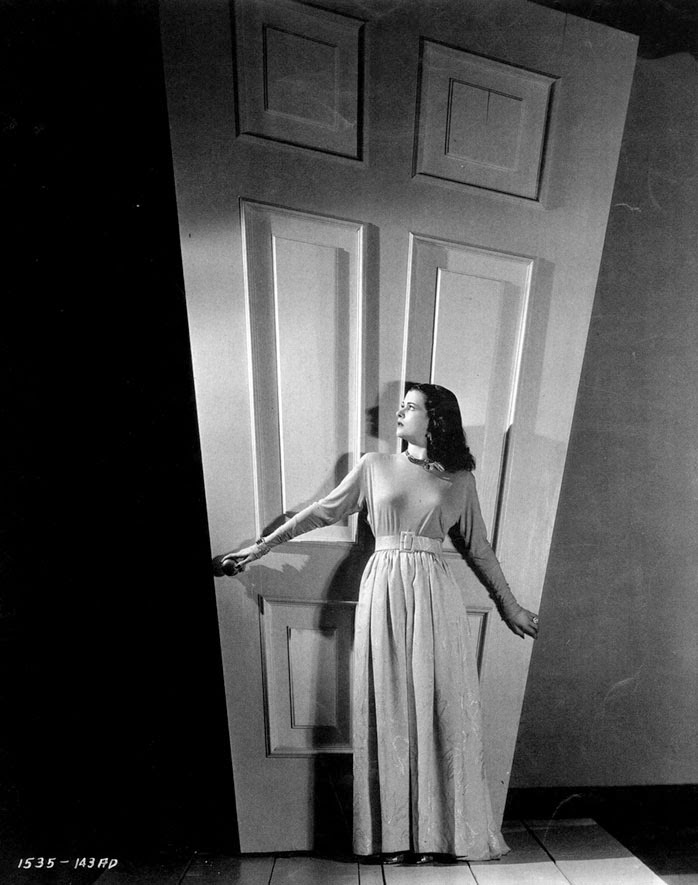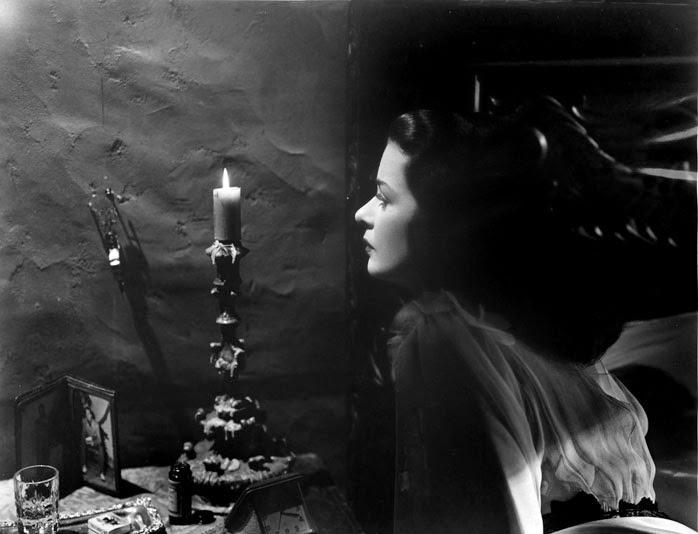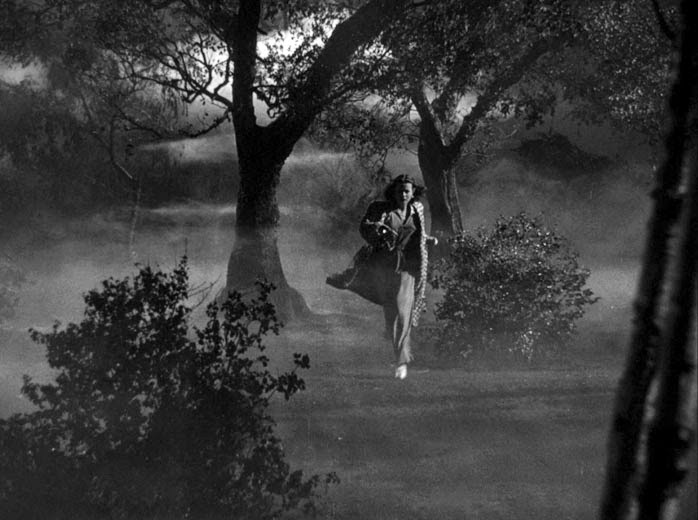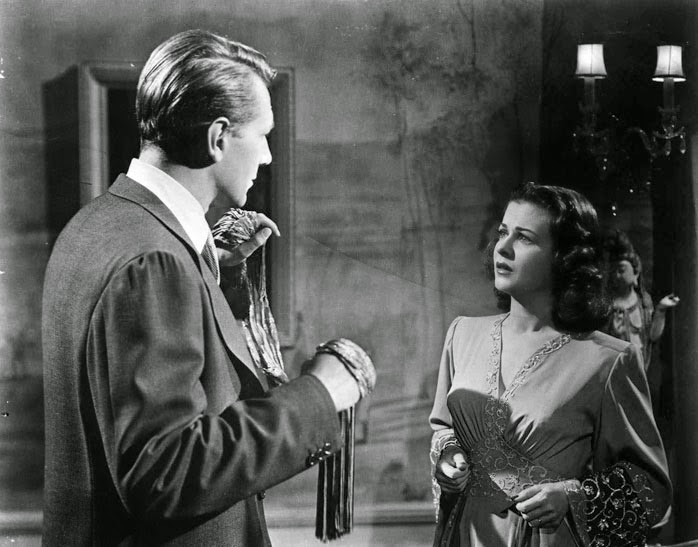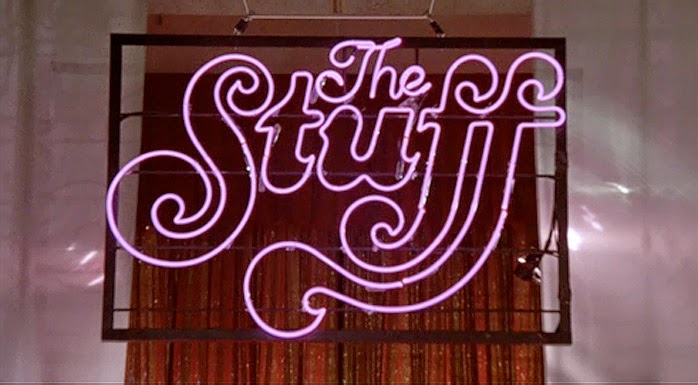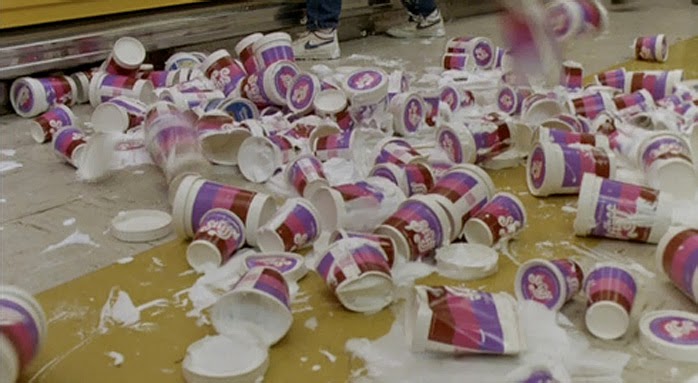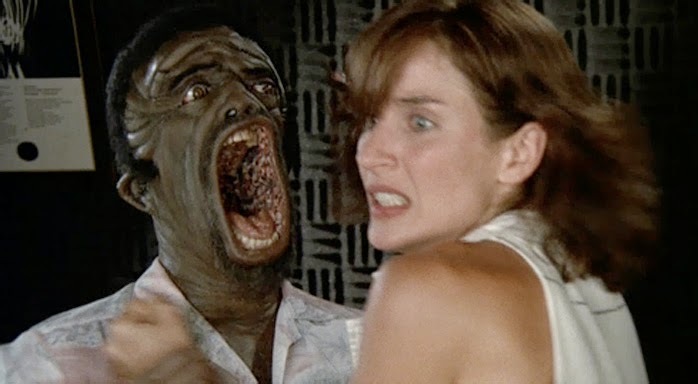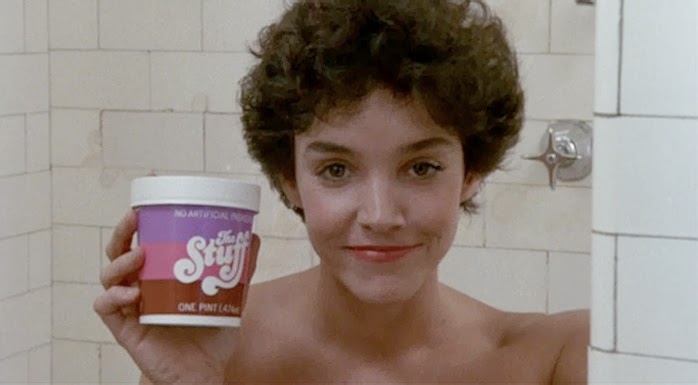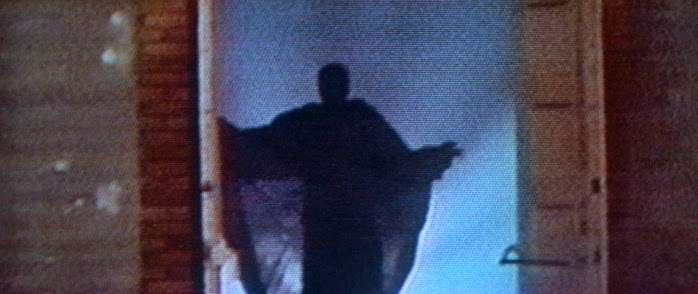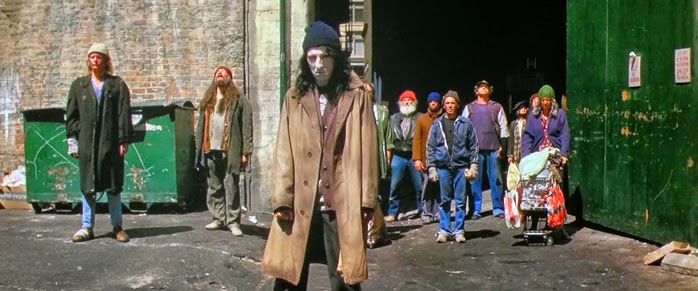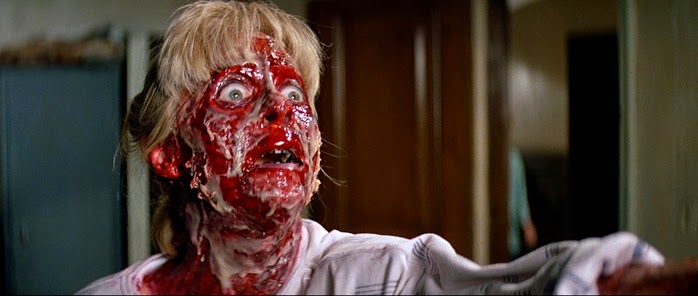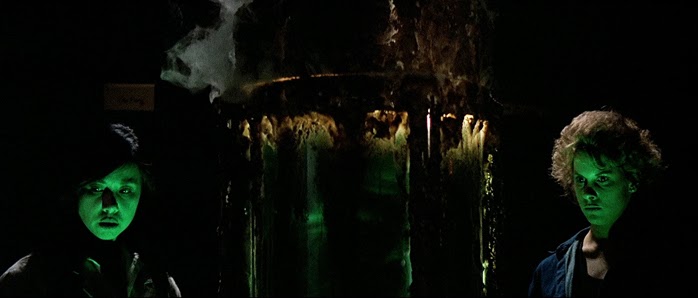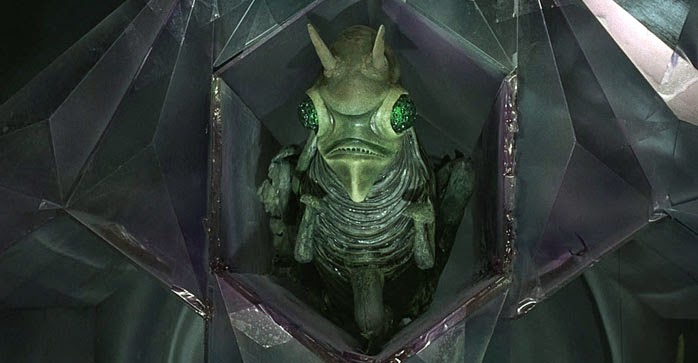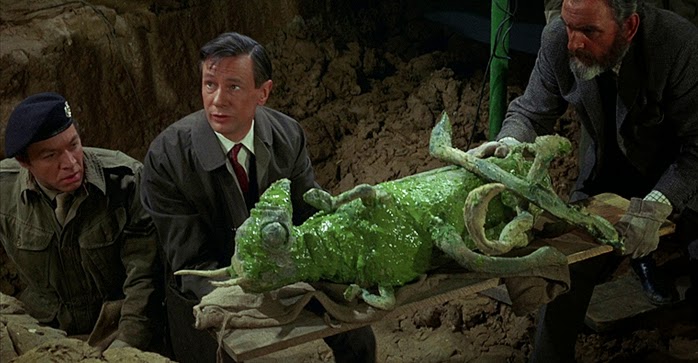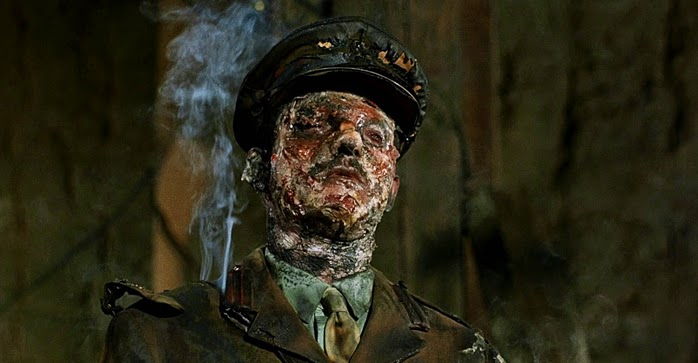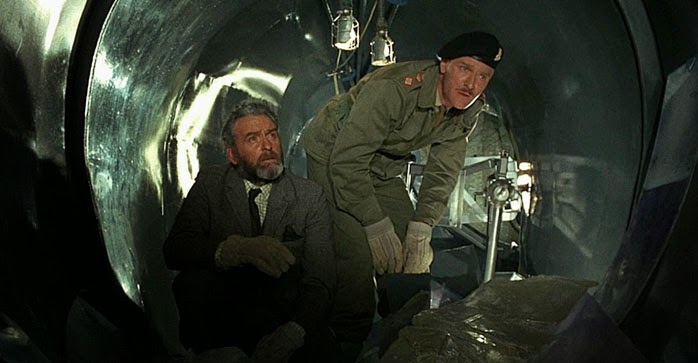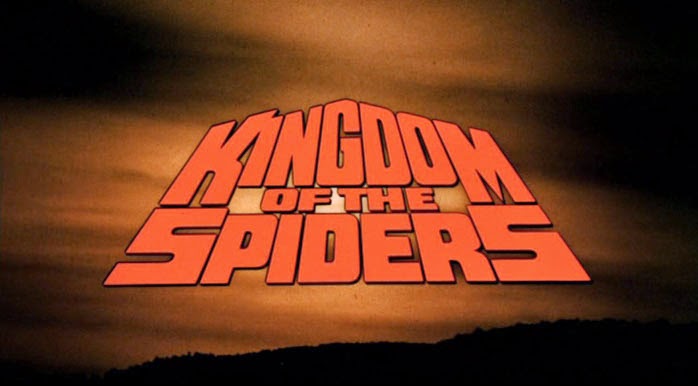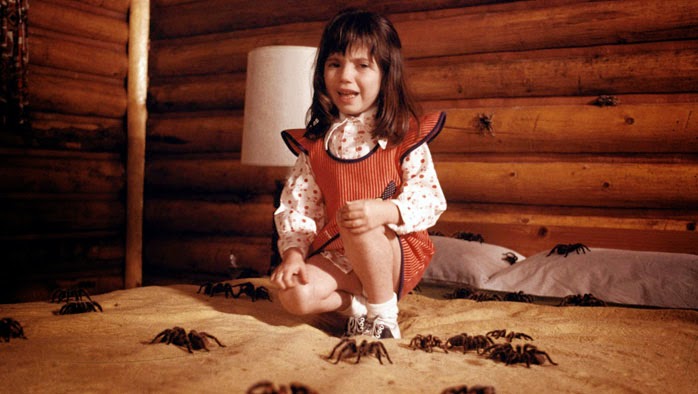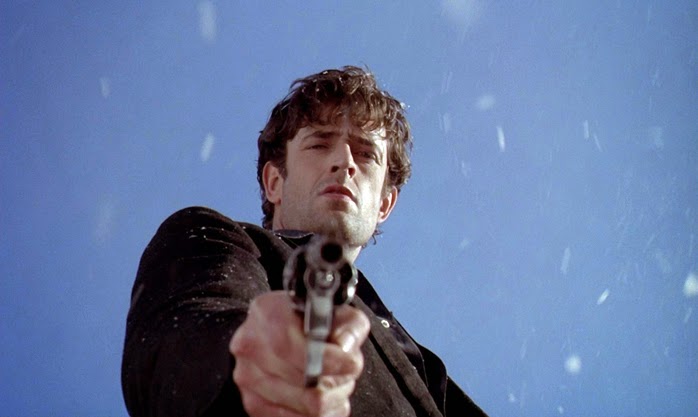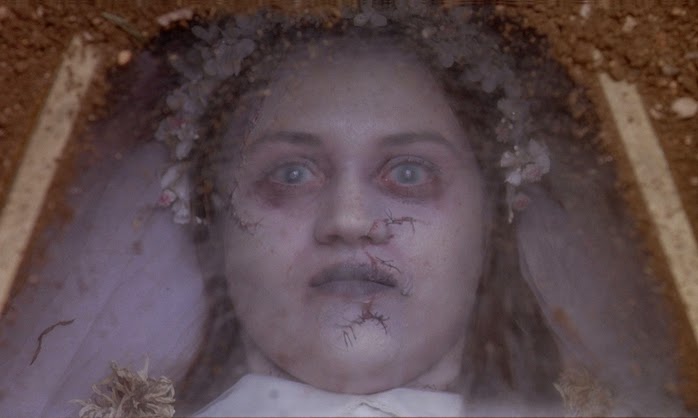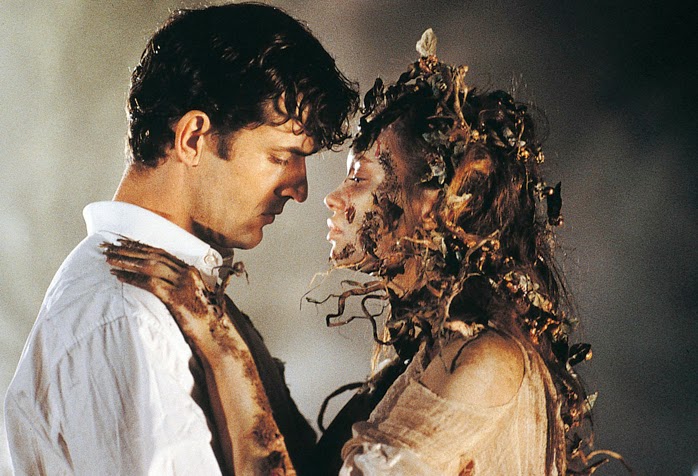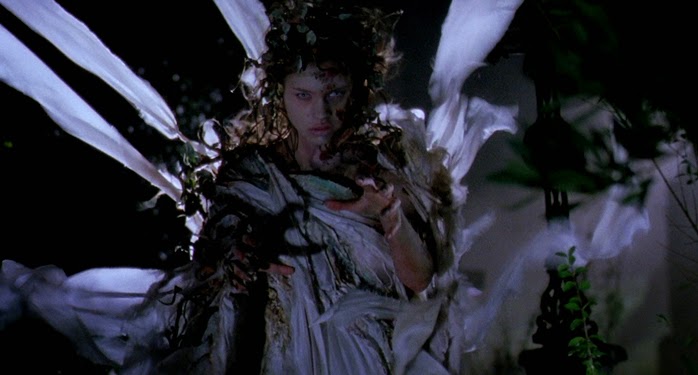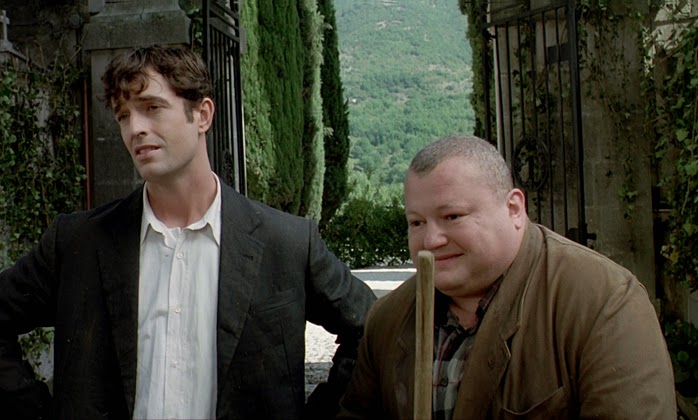By WALLACE McBRIDE
As a cultural phenomenon, DARK SHADOWS ended not with a bang, but a whimper. Four months after the show’s 1,225th (and final) episode, MGM released the second feature film based upon the ABC-TV daytime drama. Directed by series creator Dan Curtis, NIGHT OF DARK SHADOWS reportedly fared well financially, but proved to be a baffling denouement for fans.
Thanks to bizarre creative decisions on both sides of the camera, the movie was just as confusing to new audiences, though. NIGHT OF DARK SHADOWS wasn’t edited as much as it was eviscerated, with an estimated 40 minutes hastily cut from its 129-minute running time thanks to a last-minute studio mandate. The movie that eventually screened to paying audiences was a frustrating compromise that satisfied hardly anyone.
David Selby and Kate Jackson play a young married couple who move into a mansion they’ve recently inherited. Before long, Selby begins to have violent changes in his personality as spirits begin fighting for possession of his soul. This isn’t GHOSTBUSTERS, though. There are few special effects in the film, and the ghosts make most of their on-screen appearances via flashback. Save for a few action scenes, the conflict in NIGHT OF DARK SHADOWS is mostly internal as Selby’s character struggles with nasty impulses he can’t understand.
While not the most sophisticated story ever put to film, NIGHT OF DARK SHADOWS certainly deals with mature concepts that were probably lost on the younger audiences that so loved the daytime series. Selby and Jackson’s marriage slowly unravels throughout the course of the story as director Curtis and screenwriter Sam Hall narratively argue against the adage “Those who forget the past are doomed to repeat it.” There’s a greater danger in this film from people who are unwilling to let go of the past, which was always a favorite theme of DARK SHADOWS.
From a creative standpoint, NIGHT OF DARK SHADOWS is “Dark Shadows In Name Only.” Curtis made the bewildering decision to have members of the television cast reprise their roles for the movie, and then change those characters so completely that they were unrecognizable to longtime fans. Lara Parker, the actress who played the obsessed witch Angelique on the TV series, plays another witch entirely in NIGHT OF DARK SHADOWS … a witch also named Angelique. It’s no surprise that the MGM/US marketing department famously screwed up the story summary on the original VHS release of the film, mistakenly referring to the villain as “Lara Parker.” The movie's name-game was enough to confuse anybody.
The half-hearted similarities suggest Curtis had grown tired of Collinwood but couldn’t figure out how to leave, a problem shared by many of the characters in this movie. Still, there are a lot of solid ideas on display in NIGHT OF DARK SHADOWS and I can’t fault it for ditching the blood and guts of its predecessor in favor of a more psychological approach. At its heart, NIGHT OF DARK SHADOWS is about an artist chasing his own self destruction. Throw in a haunted house, not-quite-forgotten murders and the occasional ghost, and you have a story that plays like a rough draft of Stephen King’s “The Shining.” King was a fan of DARK SHADOWS and wrote a bit about the series in his horror memoir “Danse Macabre,” and I have to wonder if this movie played a nascent role in the development of “The Shining.” I’m not suggesting King stole any ideas from NIGHT OF DARK SHADOWS, but it’s hard not to imagine King, sitting in some Maine theater in 1971, ticking off the various problems with the film while letting his imagination seek out solutions.
The biggest problems with the film — pacing, editing, confusing story elements, etc. — were clearly exaggerated by the whirlwind editing session that left approximately 1/3 of the final film on the cutting room floor. I’ve seen the movie a handful of times over the years, but I don’t feel like I’ve ever really seen it. The main story doesn’t end as much as it just stops, with a typically ‘70s nihilistic epilogue tacked onto the end.
While Selby and Jackson aren’t given much to work with from the script (on paper, their characters aren’t any more dynamic than Brad and Janet in THE ROCKY HORROR PICTURE SHOW) it doesn’t stop them from turning in solid performances. There’s a certain give-and-take between the actors, and it’s easy to overlook Jackson’s role in the film. If you don’t buy her fear, you won’t buy Selby’s growing menace. The reverse is also true, and their chemistry becomes increasingly important as the story unfolds. NIGHT OF DARK SHADOWS could easily be turned into a stage play, leaving every scene in the movie to be driven by the actors.
And then there’s my favorite performance in the entire film: Grayson Hall. Playing an even darker version of REBECCA's Mrs. Danvers, Hall is actually kind of sexy in the film. And, like Collinwood itself, she’s comfortably haunted and totally at ease with her situation. As the house’s favorite agent, she’s left to seduce Selby’s character, which she does with a quiet voice and slinky body language.
Unlike other older films that were extensively abridged before hitting theaters, the excised footage of NIGHT OF DARK SHADOWS still exists, and surviving cast members have re-recorded dialogue tracks in hopes of preparing a restored edition for a future home video release. I don’t know if the lost footage will have a transformative effect on the overall film, but at least it would give us a chance to evaluate a version of the movie that doesn’t play like a glorified highlight reel.
Perhaps someday we’ll have the opportunity to travel back to 1971 and solve the final mystery of Collinwood once and for all.
This column is among those featured in "Bride of Monster Serial," a collection of horror essays written by contributors to The Collinsport Historical Society. Buy it today on Amazon!

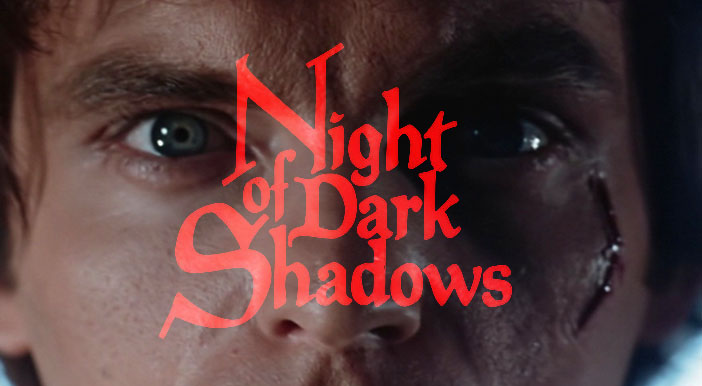
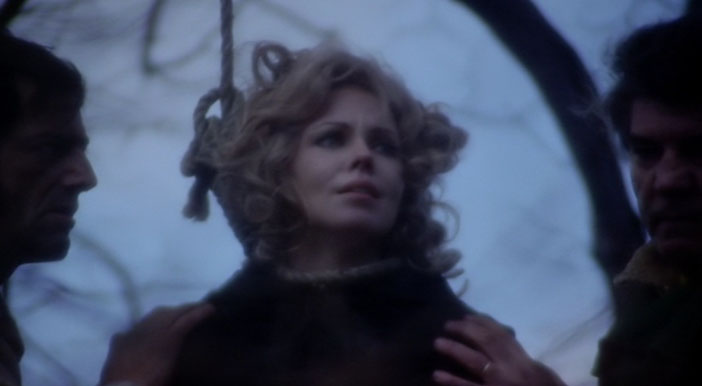
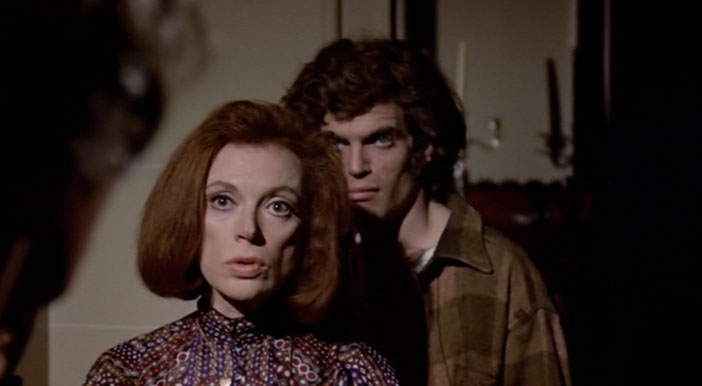
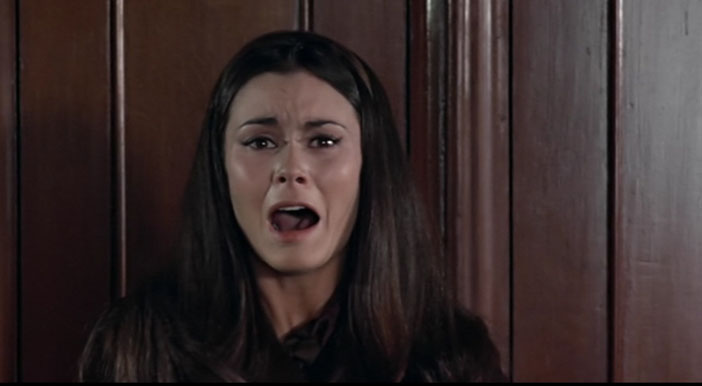
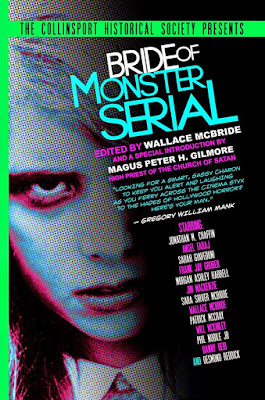

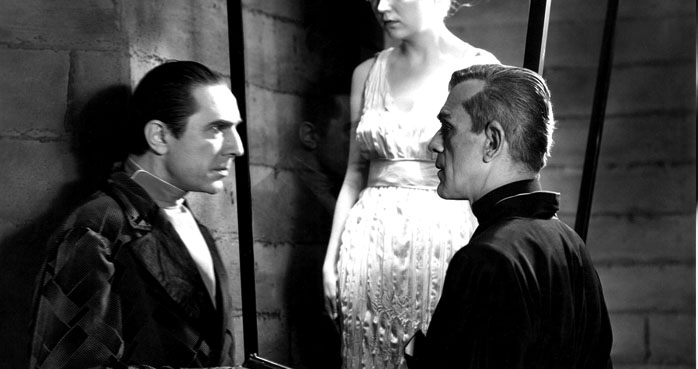

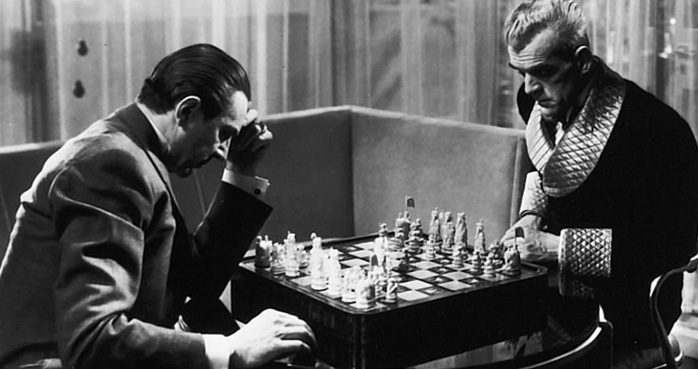
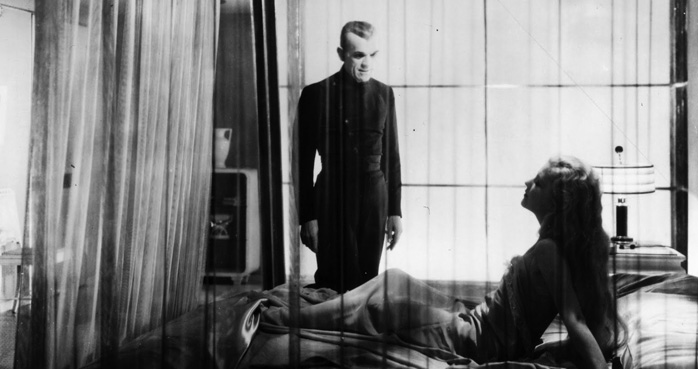
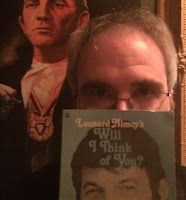
---Copy---Copy---Copy.png)

